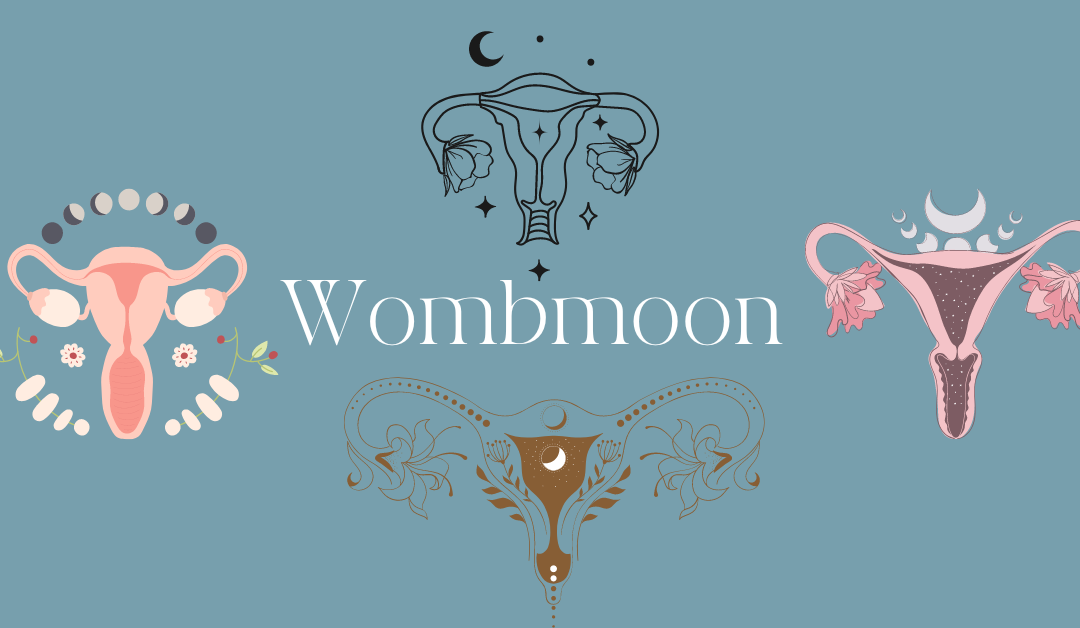Night Lighting and the Menstrual Cycle
The influence of night lighting on the menstrual cycle is demonstrated in the study published in the Fertility and Sterility journal titled Melatonin and the circadian system: contributions to successful female reproduction, “Both stable circadian rhythms and cyclic melatonin availability are critical for optimal ovarian physiology and placental function. Because light exposure after darkness onset at night disrupts the master circadian clock and suppresses elevated nocturnal melatonin levels, light at night should be avoided.”
In the study titled Night light alters menstrual cycles, they found that the results suggest that light may have promise for the treatment of infertility, contraception, and for other endocrine interventions.
Several cultures recognize the influence of the moon on the menstrual cycle. Part of the Arvigo Techniques of Maya Abdominal Therapy® fertility protocol established by Dr. Rosita Arvigo recommends sleeping in the dark all month long except for the three days around ovulation to help balance hormones and sync your cycle with the moon cycle. During the time of the full moon let the moonlight in by opening the drapes, or add a small nightlight to produce the effects of the moon. The rest of the month, sleep in complete darkness and limit nighttime white/blue lighting after the sun goes down.
The moon’s influence was also recognized in the Wise Earth Ayurvedic training.
There are studies that haven’t been able to link the moon cycle with the menstrual cycle, however, they did not control for artificial light’s influence on the menstrual cycle.
“Many species synchronize reproductive behavior with a particular phase of the lunar cycle to increase reproductive success. In humans, a lunar influence on reproductive behavior remains controversial, although the human menstrual cycle has a period close to that of the lunar cycle. Here, we analyzed long-term menstrual recordings of individual women with distinct methods for biological rhythm analysis. We show that women’s menstrual cycles with a period longer than 27 days were intermittently synchronous with the Moon’s luminance and/or gravimetric cycles. With age and upon exposure to artificial nocturnal light, menstrual cycles shortened and lost this synchrony. We hypothesize that in ancient times, human reproductive behavior was synchronous with the Moon but that our modern lifestyles have changed reproductive physiology and behavior.” Women temporarily synchronize their menstrual cycles with the luminance and gravimetric cycles of the Moon
So, what can you do to sync your cycle with the menstrual cycle?
We don’t actually see blue light as a blue color, blue light is referring to a wavelength. Artificial blue light found in electronic devices, LEDs and fluorescent lighting mimics the light from Sun. Exposure to blue light at night inhibits the pineal gland’s production of melatonin. Melatonin is produced primarily at night and needs darkness to be produced. Amber light mimics a campfire, so it doesn’t hinder melatonin production at night. You can also install apps that adjust your computer screen to be in sync with the sun wherever you are in the world. I use the f.lux app that changes the screen to more of an amber tone to mimic the fire from candlelight. It’s also important to turn off any overhead blue light when the sun goes down since we have photoreceptors in our skin as well.


